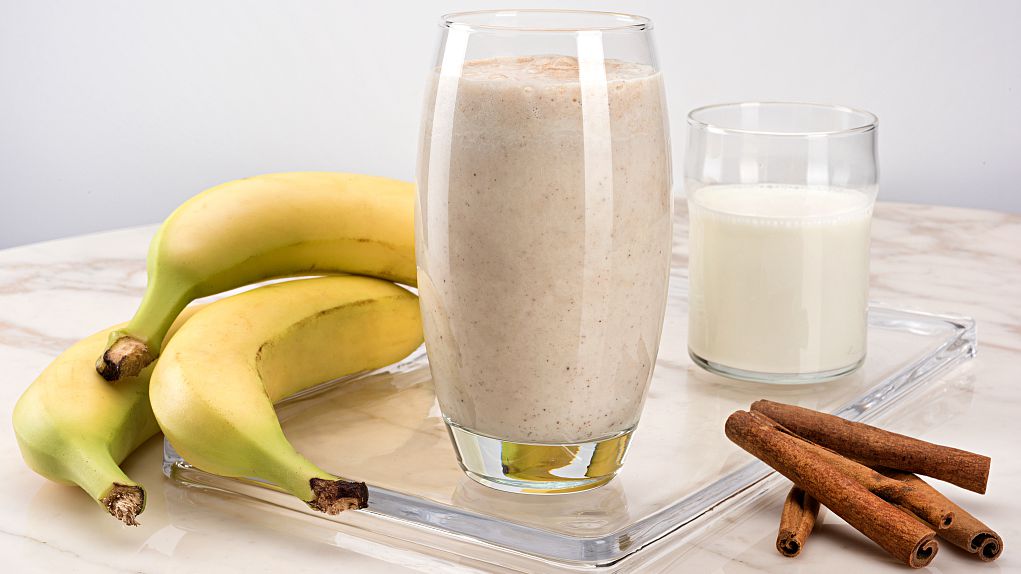
Beijing resident Hou Tingting started eating meal replacement products in February when she wanted to lose weight. She bought various meal replacement products online and ate them for more than a month.
"I spend a lot of time taking care of my children's daily life and tutoring their homework, so I put diet on a priority when there's not enough time to exercise. Meal replacements are varied, costing between 60 yuan (about 8.8 U.S. dollars) and 70 yuan (about 10.3 U.S. dollars) per day. A month costs nearly 2,000 yuan (293 U.S. dollars)," said Hou, during an interview with CCTV.
Meal replacement products, including protein shakes and energy bars, an emerging term used to refer to a substitute for traditional food staples, is gaining traction across China. The appetite for meal replacement products has grown not only among people who are too occupied with dining but also among the group seeking effective means of weight loss or control.
Hou is by no means alone. According to the report on the food industry in China published by Alibaba's e-commerce arm Tmall and CBNData, young women are the main driving force on the consumption of meal replacements and the main consumer group has changed from the post-1990 generation to even younger generation born after 1995. Most of them invest more than 3,000 yuan (about 440 U.S. dollars) per year.
Moreover, nearly half of the consumers in first-tier and second-tier cities nationwide have purchased meal replacement products before. It also revealed that market sales grew by over 50 percent last year, indicating a steady growth of both the sales volume and numbers of consumers.
In addition to relying on traditional e-commerce platforms, the sales of meal replacement products are also are also digging deep into social media to attract young people, such as planning online activities and building brand IP through moments, short videos and various apps.
Domestic food and beverage brands have also accelerated production of new meal-replacement products. For example, China Mengniu Dairy Co. has introduced a yogurt with fiber, and drinks giant Hangzhou Wahaha Group Co. has rolled out a red yeast rice beverage and a quinoa biscuit.
According to statistics from global market research firm Euromonitor International, the global meal replacement market reached 66.16 billion U.S. dollars in 2017, of which the Chinese market contributed 57.17 billion yuan (about 8.45 billion U.S. dollars). The Chinese market is expected to reach 120 billion yuan in 2022.

Wide range of meal replacement products introduced to market in China. /CFP
Wide range of meal replacement products introduced to market in China. /CFP
Experts advise against blind faith
Jia Jianbin, secretary general of cereals, oils and nutrition branch at Chinese Cereals and Oils Association, told CCTV reporter that despite its possible effectiveness that many people believe, this way of weight loss may bring greater harm as it breaks the balance of nutrition and the dietary balance of food. As a result, it can only be a temporary move, not a long-term use.
"We emphasize the importance of balancing three meals with a combination of foods, such as fish, poultry, eggs, fruits, vegetables, milk, and beans," said Jia.
The key of meal replacement products is to have a comprehensive nutritional system. "Take cereal meal replacement powder, for example, is mainly composed of carbohydrates, which have enough calories, but the vitamins and minerals are not enough. Instead, it is better to soak oatmeal in milk, which may be more nutritious and more economical," said Gu Zhongyi, a dietitian of the Beijing Dietetic Association, quoted by Xinhua.
"Meal replacements can be an alternative for busy workers, but they are no substitute for a balanced diet, and try not to eat more than one meal a day."